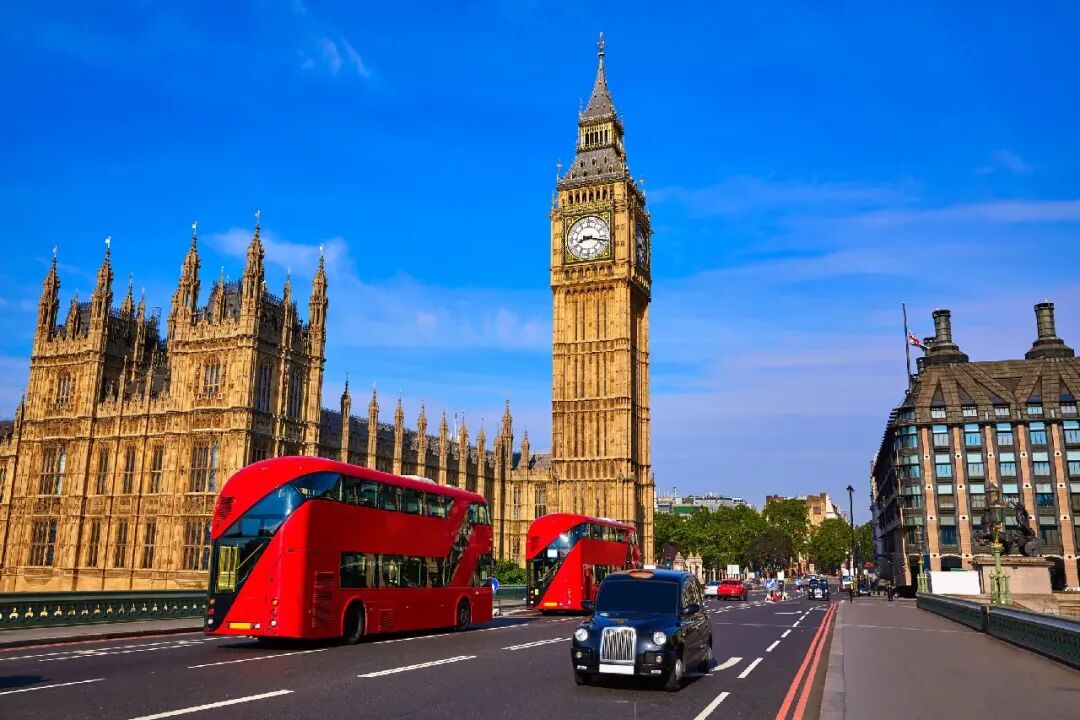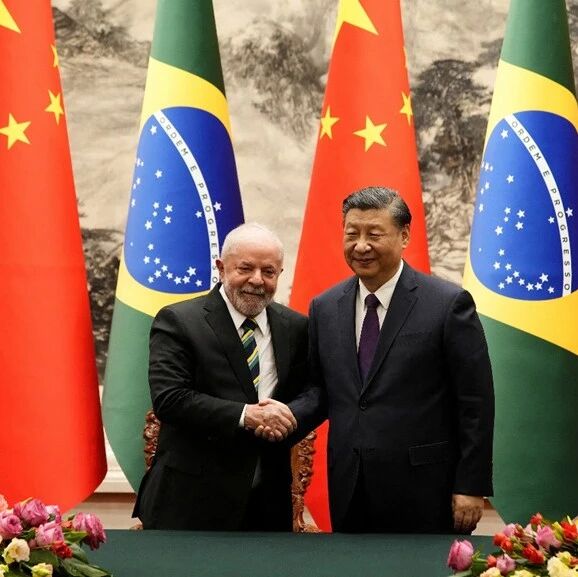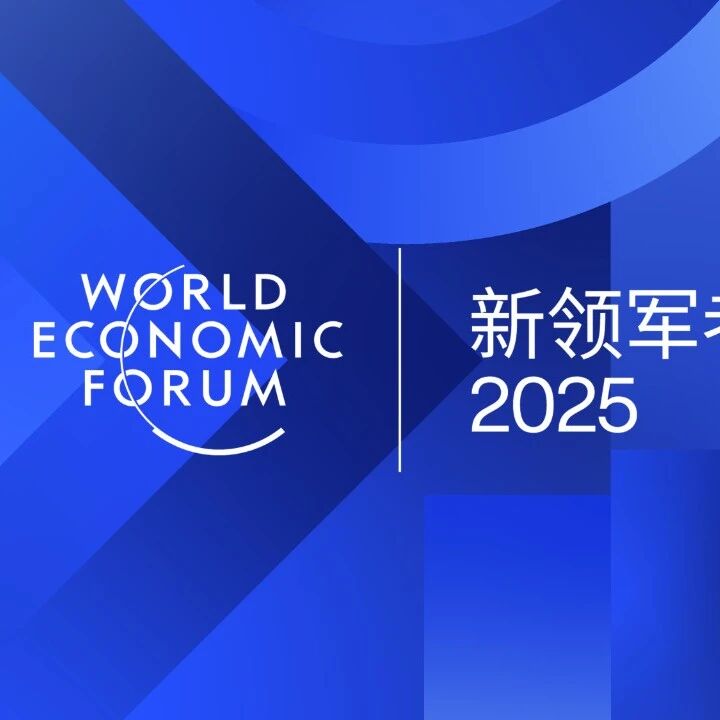

,
:Getty Images/iStockphoto/LUNAMARINA
Stanislas Hillen
2025ECP
,
——,,
,420,,,
,,,,,
:
1.
,(LEZ),
, (ULEZ)2023,27%,31%,,3
If carefully planned and implemented, combined with public consultations to address accessibility and equity issues, these areas could also encourage people to increasingly opt for public transportation, cycling, and walking. Some of these approaches have already been distilled into guidelines, designed to help other cities tackle similar challenges and seize comparable opportunities.
Low-emission zones present both challenges and opportunities for businesses. While they may impact customer travel and daily operations, they also encourage companies to adopt cleaner transportation methods, explore innovative delivery approaches and technologies, and ultimately contribute to the achievement of environmental goals—while enhancing their overall business resilience.
2. Electrified City Fleet
As battery prices fall and charging networks expand, the electrification of urban vehicles such as buses, taxis, and service vehicles is emerging as an investment choice that combines both economic viability and social responsibility.
Between 2022 and 2023 in Wellington, New Zealand, the share of electric buses operating along the city’s Golden Mile surged from 5% to over 50%. This transformation led to a 50% reduction in black carbon emissions across the area, while nitrogen dioxide levels dropped by 29%. As a result, air quality in one of Wellington’s busiest districts improved significantly, alongside a noticeable decline in noise pollution.
Although the initial costs of vehicles and charging stations may be high, electric vehicles offer lower long-term expenses in terms of fuel and maintenance. This growing demand is spurring innovation in charging networks and grid integration, creating opportunities for energy companies, technology providers, and fleet operators to collaborate on developing scalable solutions.
3. Bicycle Infrastructure
A well-developed cycling network not only improves air quality but also transforms urban transportation.
In recent years, Paris has made significant efforts to expand its network of bike lanes. In fact, during 2022 and 2023 alone, bike lane usage during peak traffic hours doubled—now, on many streets across the city, the number of bicycles exceeds that of cars.
This shift has already yielded significant results for Paris. Since 2005, combining bicycle commuting with other initiatives under Paris's climate strategy has led to a 50% reduction in citywide nitrogen dioxide pollution and a 55% decrease in particulate matter levels.
When properly designed, bike lanes can coexist seamlessly with roadways. By creating dedicated, separated bike lanes, we not only ensure the safety of cyclists but also maintain smooth traffic flow for other vehicles.
If done right, bicycle investments can also foster social inclusion. Affordable bike-sharing programs and an extensive network of routes can connect underserved communities, expanding their access to commuting, education, and essential services. Of course, cycling also offers residents the health benefits of active transportation.
For businesses and innovators, a bicycle network can boost local economic performance and drive demand for shared bikes, cargo bikes, and urban mobility solutions—while also supporting cleaner air and improved city accessibility.
4. Shared Delivery Micro-Hub
Traditional freight methods heavily rely on diesel trucks making multiple round trips from remote warehouses to city centers, which in turn increases emissions, noise pollution, and traffic congestion. Meanwhile, some cities are experimenting with shared micro-hubs that relocate distribution centers closer to areas with higher demand. These hubs allow logistics companies to consolidate shipments before using zero-emission vehicles—such as cargo bikes or small electric vehicles—to complete the final-mile delivery.
In Berlin's KoMoDo project, five major logistics providers are sharing a micro-hub within the city, jointly deploying electric cargo bikes within a 3-kilometer radius. This initiative has cut down on unnecessary truck trips, resulting in an annual reduction of approximately 11 tons of CO2 emissions—while also easing pressure on local traffic. For residents, this means fewer delivery trucks clogging up roads, freeing up valuable roadside space—and creating more room for parks and pedestrian-friendly areas.
For logistics companies and innovators, sharing micro-hubs can maximize efficiency and reduce costs—while also helping cities achieve their climate and livability goals.
Expand the City's Clean Air Initiative
As cities continue to grow and climate risks intensify, urban mobility policies have emerged as a leading tool for delivering cleaner air and fostering healthier communities. Tackling air pollution also addresses broader urban challenges, yielding interconnected benefits such as improved public health, economic growth, and enhanced quality of urban life.
But the key lies in scaling up, which will require the joint involvement of the public sector and private enterprises. The World Economic Forum is bringing together cities, businesses, and innovators to co-create scalable clean-air solutions through initiatives like the "Clean Air Coalition," launched at the 26th Conference of the Parties to the United Nations Framework Convention on Climate Change (COP26). In 2025, the coalition—and its members from the Global New Mobility Alliance—will kick off a new project focused on transportation and urbanization. This initiative aims to accelerate cross-sector collaboration, rolling out proven mobility solutions that not only improve air quality but also drive sustainable growth.
Cities need clear objectives, establish cross-departmental collaboration mechanisms, and adopt inclusive design approaches along with smarter financing strategies to ensure the success of urban clean air initiatives. Most importantly, a clean air strategy must resonate with people’s daily lives—whether by creating safer streets or fostering greater economic opportunities—gaining public support in the process and driving lasting, global-scale change.

The above content solely represents the author's personal views.This article is translated from the World Economic Forum's Agenda blog; the Chinese version is for reference purposes only.Feel free to share this in your WeChat Moments. For reprints, please leave a message at the end of the article or on our official public account.
Editor: Wang Can
The World Economic Forum is an independent and neutral platform dedicated to bringing together diverse perspectives to discuss critical global, regional, and industry-specific issues.
Follow us on Weibo, WeChat Video Accounts, Douyin, and Xiaohongshu!
"World Economic Forum"


